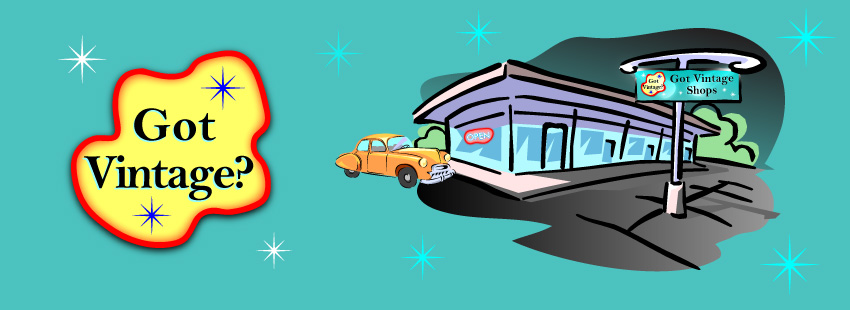A Glass Riddle
 |
| Newport Creamer |
When is glass made during the Great Depression not
Depression Glass?
When it's happy?
No, when it's Elegant Glass.
In other words all Depression Glass was made during the
Great Depression but not all glass made during the Great Depression is
Depression glass.
 |
| An example of seams & bubbles in Depression Glass |
|
Huh?
There were two main types of glass
made in the United States during the first half of the twentieth century. Depression Glass was totally machine made and
therefore much cheaper to produce. This glass was made in a variety of colors
and patterns and was often sold in Dime Stores or even given away as
promotional items. Due to the way it was manufactured Depression Glass (DG)
almost always has visible seams, straw marks and bubbles in the glass. These are not flaws but a typical characteristic
of DG and considered by many collectors as adding to the charm of the glass.
 |
| Duncan Miller Teardrop Console Bowl |
But what if I don’t find flaws
charming?
Well, if you want perfect don’t
buy Depression Glass
– buy Elegant Glass!
Elegant glass always was at least partially
hand made by skilled craftsmen resulting in a much higher quality glass which although not "perfect" had far fewer flaws.
Companies
such as Heisey, Fostoria, Duncan Miller, Cambrige and other early glass
makers employed skilled workers to hand craft their glassware.
Elegant glassware was frequently sold in jewelry stores and was
used by the upper middle class for dinner parties and other special occasions.
It would have been what was called “the good glassware”.
Although molds were
used by elegant glassware companies they were hand pressed meaning that a glass
maker would gather the molten glass, place it in the mold, swish it around and
then bring down the plunger to compress the glass into the shape of the mold.
Due to the skill of the glass maker this method resulted in fewer bubbles and a
finer product than machine made glass.
Another method used by elegant glass companies was mold blown glass where the glass was mouth blow into a mold,
requiring a high level of skill. This
produced a thinner glass and was often used for stemware.
Elegant glass is also fire polished
which means that the glass is finished by direct application of flames which
eliminates straw marks and obvious mold marks to produce a smooth and brilliant
surface.
In addition, the bases of plates, cups and the like are always ground and polished.
Wow that’s a lot of work!
...but what
about the patterns?
I was just getting to that!
At this point in the manufacturing
process some pieces are complete but others have another step. Many patterns
have etched designs where the piece of glassware, called a blank at this point,
is passed along to the decorating department.
The most common decorating method on Elegant Glass is needle etching.
This method involves coating the glass with a film or wax then using a
machine that activates needles which remove the protective layer from the
portion of the glass where the design is desired. Next the glass is placed in
contact with acid, which eats into the unprotected surface of the glass. The
wax or film is then removed leaving a precise pattern.
 |
| Cambridge Carmen Dinner Plate |
Is there still Elegant Glass being
made today?
Sadly the majority of the well
known Elegant Glass companies closed their doors in the 1950’s due to high
production costs and the onslaught of cheap imported glassware.
Fortunately
much of this beautiful glass remains and is highly sought after by collectors
either to add to or start their own sets of this truly elegant glass.
About the Author
Karen Mantone-Pillar is one
of the founders and admin of Got Vintage Shops. She currently owns and
operates two online shops; Charmings Collectibles on Etsy, and a stand
alone web store CharmingsCollectibles.com.



























